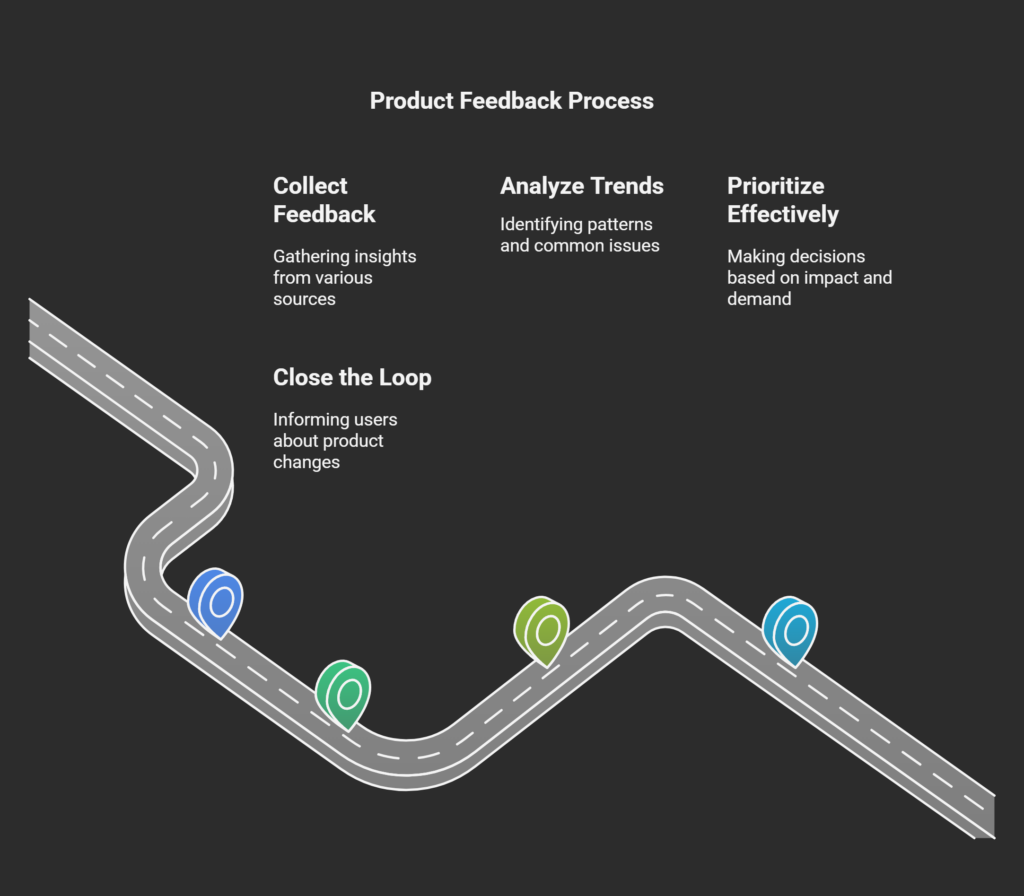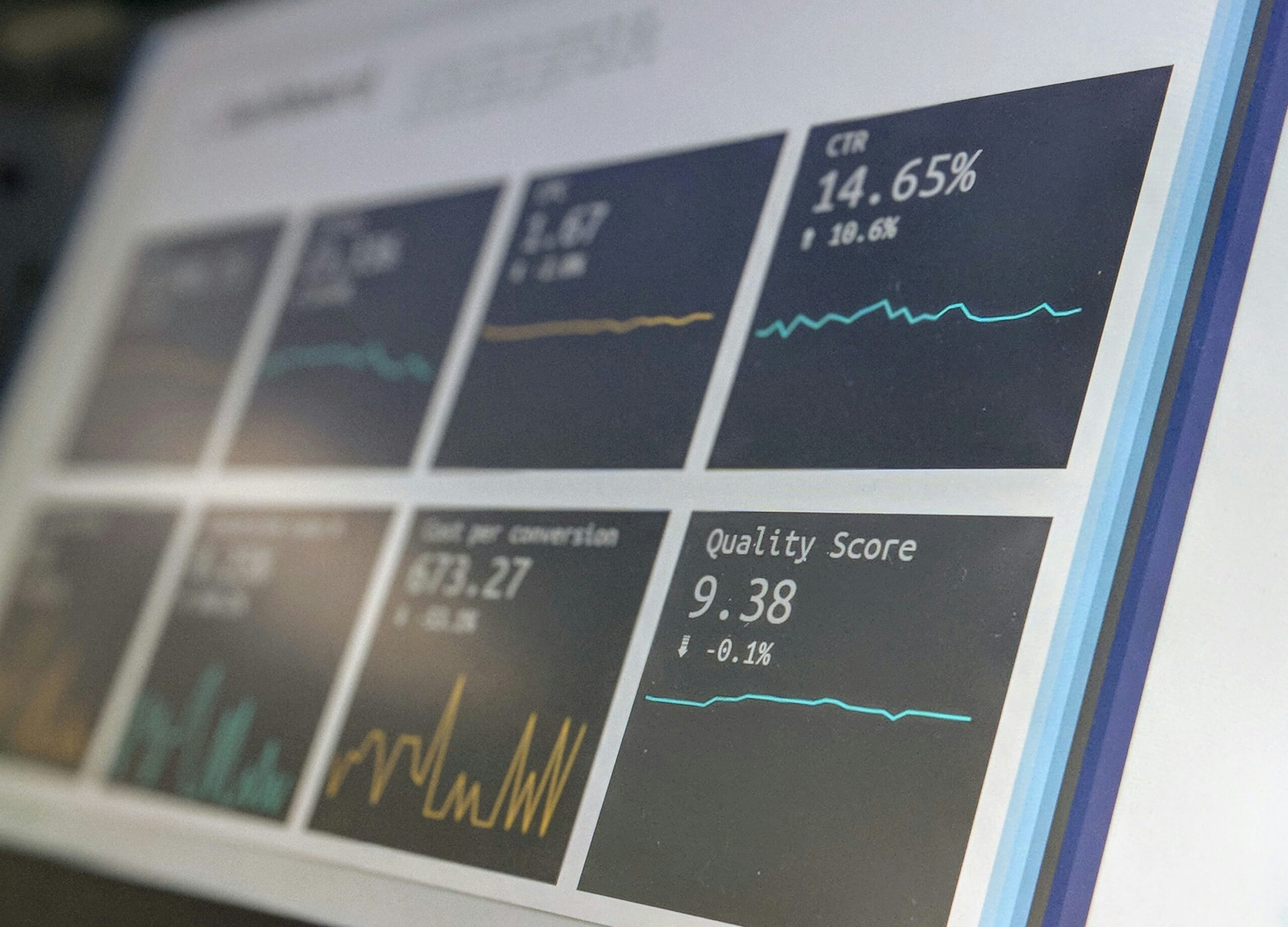Why Do Most Products Fail to Meet User Expectations?
Building a product without feedback is like navigating without a map. Yet, many teams still make decisions based on internal assumptions rather than real user insights.
Studies show that 80% of new features fail to deliver significant value, often because they don’t address real user pain points. On the other hand, companies that actively collect and use feedback grow two times faster than those that don’t (Gartner).
That’s where Product feedback tools step in.
These tools help teams systematically collect, analyze, and act on feedback—turning vague user input into concrete product improvements.
The Challenge of Gathering Actionable Feedback
While collecting feedback sounds simple, most teams face key challenges:
- Scattered Feedback Sources – Emails, support tickets, surveys, and social media create a fragmented view.
- Lack of Prioritization – Which feedback should be acted on first?
- Bias in Responses – Over-reliance on vocal users can distort decision-making.
- Feedback Without Follow-up – Users provide input but never see changes, reducing engagement.
A structured approach using product feedback tools can solve these issues.
What Are Product Feedback Tools?
Product feedback tools are platforms that help teams:

Why Feedback Tools Are Essential
- Data-Driven Decisions – Reduce reliance on guesswork
- User-Centric Roadmap – Build features that solve real problems
- Continuous Improvement – Maintain an evolving product based on real-world input
Types of Product Feedback Tools (And When to Use Them)
Different tools serve different feedback needs. Here’s how they compare:
1. In-App Feedback & Surveys
📌 Best for: Getting real-time user insights
✅ Tools: Hotjar, Survicate, Qualaroo
🔹 Use Case: Understanding friction points while users interact with your product
2. Feature Voting Boards
📌 Best for: Letting users vote on the next feature
✅ Tools: Spurvo, Canny, Beamer
🔹 Use Case: Prioritizing feature requests based on user demand
3. Customer Support & Feedback Collection
📌 Best for: Analyzing customer pain points
✅ Tools: Zendesk, HelpScout, Intercom
🔹 Use Case: Identifying common issues raised in support tickets
4. Product Analytics & User Behavior Tracking
📌 Best for: Understanding how users interact with your product
✅ Tools: Amplitude, Mixpanel, FullStory
🔹 Use Case: Spotting drop-off points and optimizing UX
5. Net Promoter Score (NPS) & Customer Satisfaction (CSAT) Surveys
📌 Best for: Measuring customer loyalty & satisfaction
✅ Tools: Delighted, SurveyMonkey, Typeform
🔹 Use Case: Identifying at-risk users and areas needing improvement
How to Use Product Feedback Tools Effectively
🔹 Collect Feedback from Multiple Channels – Combine surveys, analytics, and support data for a full picture.
🔹 Segment Feedback by User Type – Prioritize based on customer personas and business impact.
🔹 Close the Feedback Loop – Keep users informed on how their input is shaping the product.
Pro Tip: Avoid Feedback Overload
Not all feedback should be acted on immediately. Use voting, analytics, and business alignment to prioritize the most impactful changes.
The Future of Product Feedback: AI, Automation & Smarter Insights
As AI-driven analytics evolve, feedback tools will become even smarter—helping teams predict user needs before they even express them.
Companies that invest in structured feedback collection and analysis will stay ahead by continuously refining their products based on real-world insights.
So the question isn’t whether to use product feedback tools—it’s how quickly you can integrate them into your workflow.




